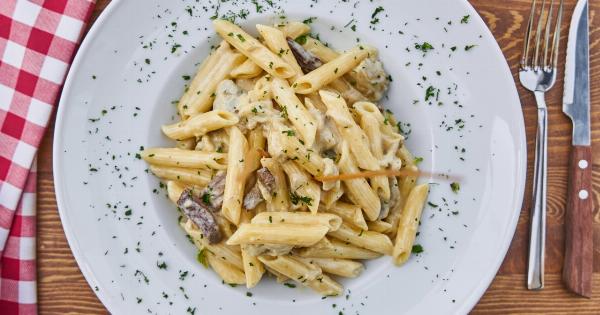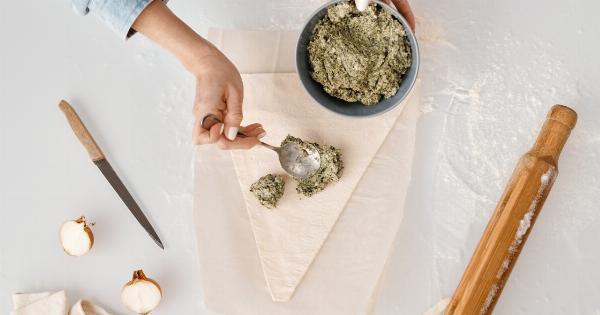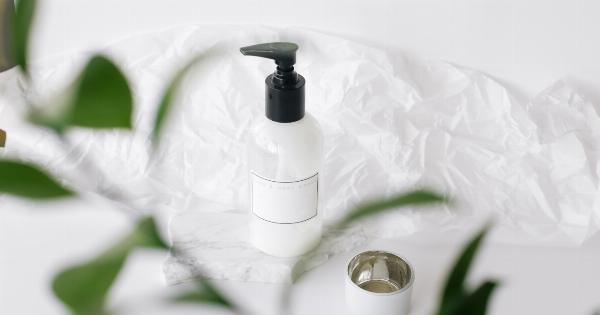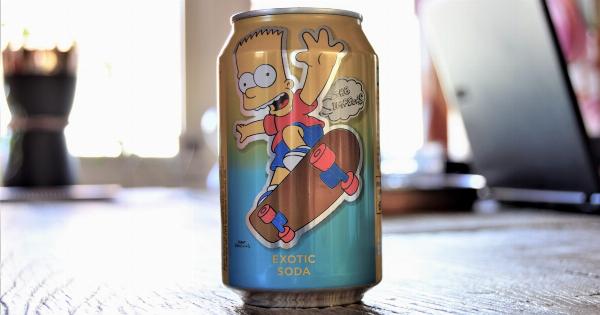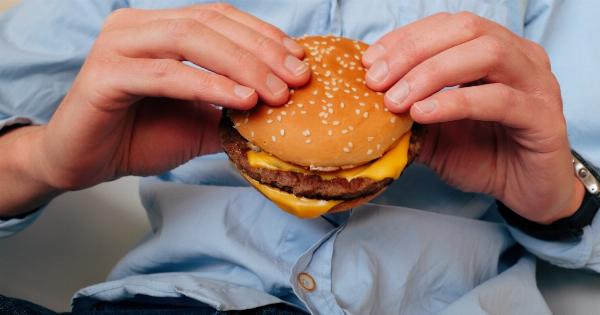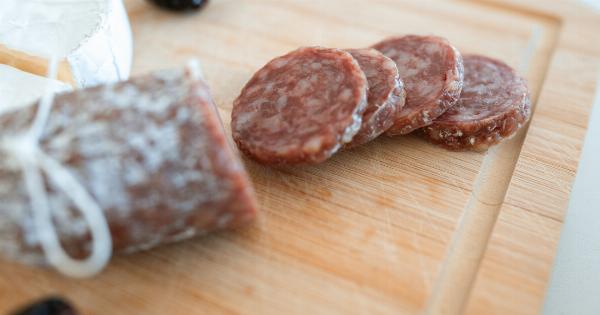When it comes to cheese, some people might shy away from those delicious wheels and wedges that have a bit of mold.
But is moldy cheese really something to be feared? In this comprehensive guide, we’ll explore everything you need to know about moldy cheese and whether it’s safe to eat.
What Causes Cheese to Mold?
Mold is a type of fungi that thrives in damp, dark, and cool environments. When it comes to cheese, molds can grow on the surface or develop within the cheese itself. There are two main types of molds that can affect cheese:.
1. Surface Mold
Surface mold appears as fuzzy patches or powdery spots on the surface of the cheese. This type of mold is usually harmless and can be easily removed without affecting the rest of the cheese.
Examples of surface mold-ripened cheeses include Brie, Camembert, and Stilton.
2. Internal Mold
Unlike surface mold, internal mold grows within the cheese and cannot be easily removed. It typically appears as blue or green veins running through the cheese.
Internal mold can be intentional, as in the case of blue cheese varieties like Roquefort or Gorgonzola, or it may be the result of unintentional contamination. Some popular examples of unintentionally moldy cheeses include Cheddar and Swiss.
Is Moldy Cheese Safe to Eat?
The general rule is that it depends on the type of mold and the type of cheese. Not all molds are created equal, and while some can be harmful, others are perfectly safe to consume.
Here are a few factors to consider when determining whether moldy cheese is safe to eat:.
1. Type of Mold
As mentioned earlier, surface molds are generally harmless and can be safely consumed by cutting away the affected area.
However, if the mold is black, pink, or orange in color, it is best to be cautious and discard the cheese, as these types of molds can potentially produce mycotoxins, which are harmful substances.
2. Type of Cheese
The type of cheese also plays a role in determining its safety. Soft cheeses with high moisture content, such as Brie or Camembert, are more susceptible to mold growth and should be handled with extra caution.
On the other hand, hard cheeses like Parmesan or Cheddar have lower moisture levels and are less prone to mold development.
3. Individual Sensitivities
Individuals with weakened immune systems, pregnant women, young children, or the elderly are more susceptible to foodborne illnesses and should be especially cautious when consuming moldy cheese.
It is advisable for these groups to avoid eating any cheese with visible molds, even if they are considered safe for the general population.
How to Safely Consume Moldy Cheese
If you decide to consume moldy cheese, here are a few guidelines to follow to ensure that you do so safely:.
1. Examine the Cheese
Inspect the cheese carefully for any visible signs of mold. If the mold is limited to a small area, and it is a surface mold on a hard cheese, you can cut away the affected portion and safely consume the rest.
However, if the cheese is extensively moldy or the mold is internal, it is best to discard the entire piece.
2. Consider the Smell
The smell of mold can provide valuable information about its presence. While certain molds may have distinct flavors and aromas, such as the lovely musty notes in blue cheese, cheese with a strong, unpleasant smell is best avoided.
3. Store Cheese Properly
Prevention is key when it comes to moldy cheese. To prevent mold growth, it is important to store cheese properly. Most cheeses should be stored in a cool, dry place, ideally wrapped in wax or parchment paper.
Avoid using plastic wrap, as it can trap moisture and promote mold growth.
4. Moldy Cheese in Cooking
Using moldy cheese in cooking can be a great way to salvage it. High temperatures will kill most molds and their spores, making the cheese safe to consume.
However, it is important to remember that cooking will not always make moldy cheese safe if it is extensively moldy or if it contains harmful molds.
When to Seek Medical Advice
In most cases, consuming small amounts of moldy cheese is not a cause for concern, especially if you are in good health.
However, if you experience any adverse symptoms after consuming moldy cheese, such as severe stomach cramps, vomiting, or diarrhea, it is advisable to seek medical advice, as it could be a sign of food poisoning or an allergic reaction.
Conclusion
Moldy cheese can be a delicious treat or a potential health hazard, depending on the type of mold and the individual.
While surface mold on hard cheeses can often be safely consumed by cutting it away, it is best to exercise caution when dealing with extensively moldy or internal mold on soft cheeses. By knowing the type of mold, the type of cheese, and adhering to proper storage and handling guidelines, you can confidently enjoy moldy cheese, knowing you are doing so safely.

